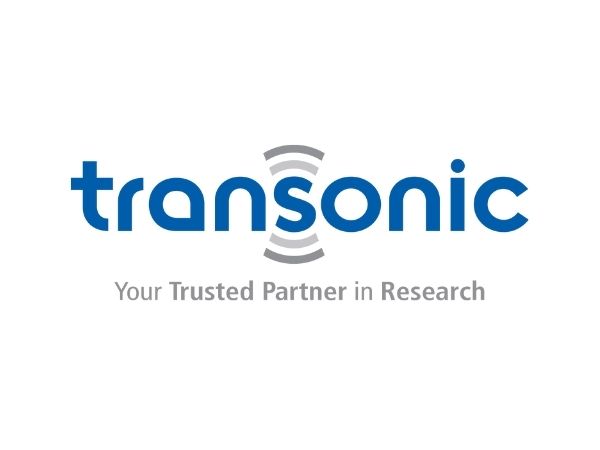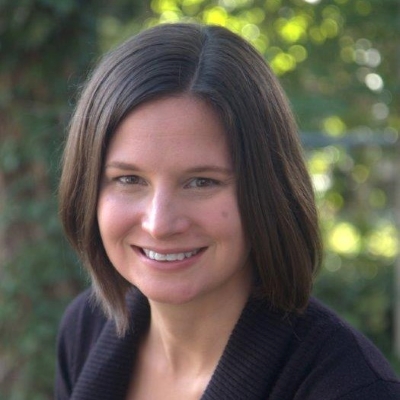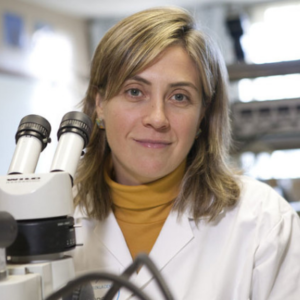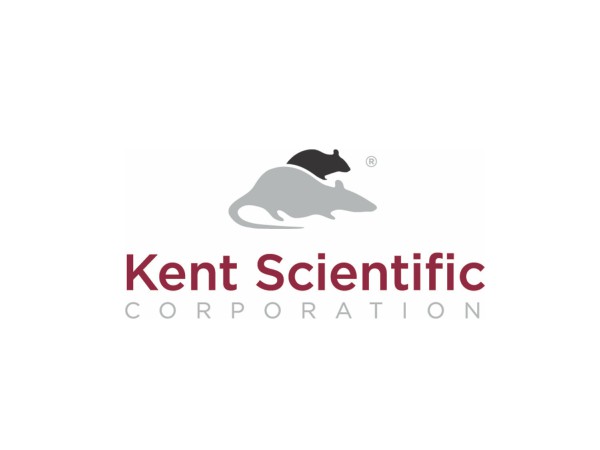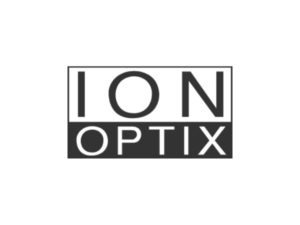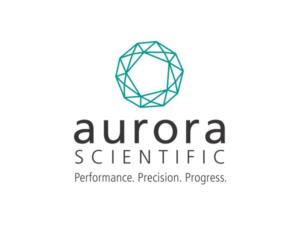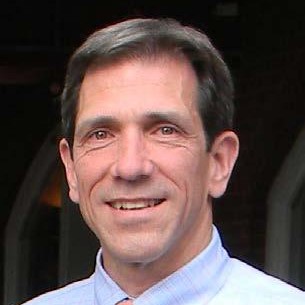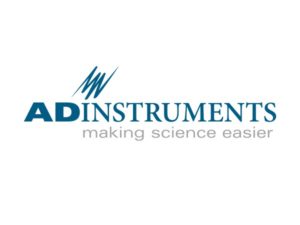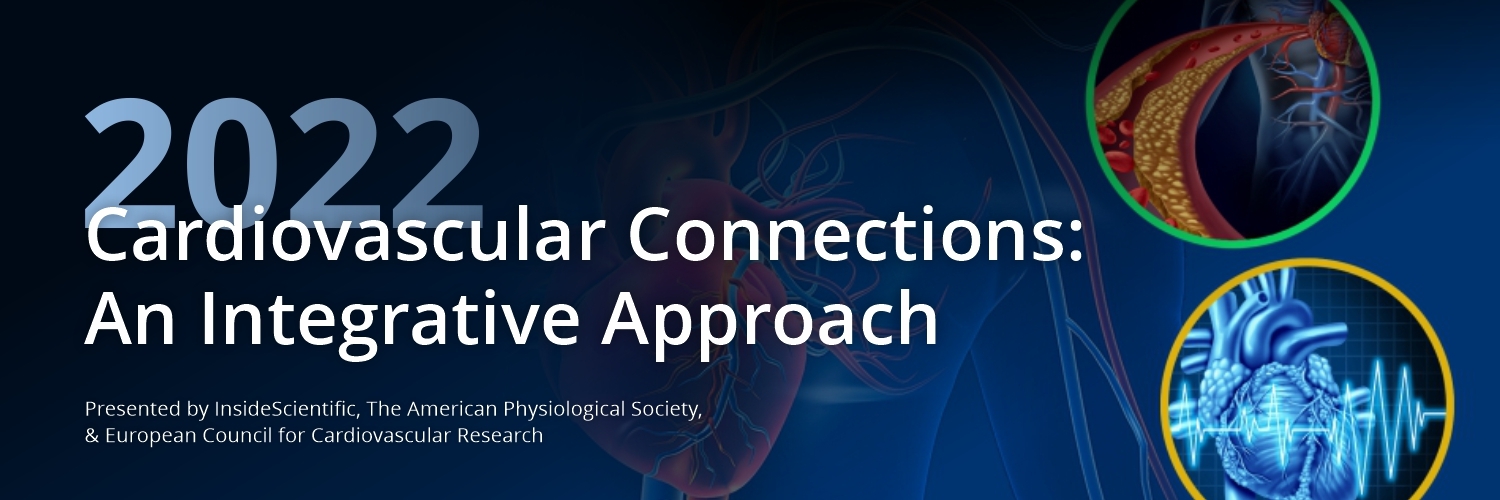
Cardiovascular Connections: An Integrative Approach
The American Physiological Society (APS), European Council for Cardiovascular Research (ECCR), and InsideScientific are pleased to announce a joint webinar series covering fundamental principles, late-breaking research and novel discoveries in the field of cardiovascular science.
This program includes a number of live scientific lectures, including top science from leading researchers around the world, and “Technology & Methods” sessions focused on laboratory innovations and fundamental methods central to cardiovascular research and related models of disease.
Sessions in this webinar series are all Open Access now! Click below to watch each session.
Topics
Current Developments in Heart Failure Research
Sex & Gender in CV Research
Atrial Fibrillation & Arrhythmia
CV Effects of Spinal Cord Trauma
CV & Cognitive Dysfunction
Regenerative Medicine
Elite Athletic Training
COVID-19 & Long-Term Consequences
Blood Pressure Regulation & Novel Therapies
Series Presentations
Cardiovascular Pathophysiology in the Setting of Spinal Cord Injury
WED, MAY 4, 2022
This webinar introduces the major cardiovascular changes that have been characterized following spinal cord injury in animal models and the clinical population. Chris shares some exciting results from recent studies in which his group has tested the efficacy of novel therapies to improve cardiovascular function. In addition, he provides his outlook for the future of the field.
Key learning objectives:
- Identify and define the major cardiovascular changes that occur following spinal cord injury
- Compare and contrast peripheral and central contributions to cardiovascular dysfunction following spinal cord injury
- Describe some promising interventions that can be used in the acute and/or chronic setting following spinal cord injury to offset cardiovascular dysfunction
Christopher West, PhD
Associate Professor of Medicine,
The University of British Columbia
Vascular Contributions to Dementia
WED, MAY 18, 2022
Historically, it was believed that amyloid-beta plaques were the initiating factor for Alzheimer’s disease; yet, recent evidence suggests that changes to the cerebral blood flow precede the accumulation of amyloid-beta. Two of the major risk factors for late-onset Alzheimer’s disease are old age and cardiovascular diseases. Thus, aging of the cerebral vasculature has emerged as a likely candidate contributing to initiation and/or progression of late-onset Alzheimer’s disease. With advancing age, there is increased stiffness of the large elastic arteries that is associated with cerebrovascular dysfunction and cognitive decline. This webinar discusses the evidence for the vascular contributions to Alzheimer’s disease with a specific focus on large artery stiffness. Additionally, the importance of examining sex differences in vascular function and Alzheimer’s disease risk are explained.
Ashley Walker, PhD
Assistant Professor of Human Physiology,
University of Oregon
COVID-19, Endotheliitis, & Long-Term Cardiovascular Effects
TUE, JUN 7, 2022
COVID-19 association with cardiovascular disease is thought to be due to endothelial cell inflammation. ACE2 interactions with SARS-CoV-2 spike protein S1 subunit are important to viral infection. In Dr. Montezano’s group, they questioned whether SARS-CoV-2 induces vascular inflammation via ACE2 and whether this is related to viral infection. By exposing human microvascular endothelial cells to recombinant S1p (rS1p), they observed that rS1p induces a potent inflammatory response via an ACE2-dependent manner, without affecting ACE2 activity. Their findings suggest that vascular inflammation in COVID-19 involves activation of ACE2-mediated pro-inflammatory signaling that may be unrelated to viral replication.
Key learning objectives:
- Learn a new facet of ACE2 biology
- Understand a novel mechanism whereby SARS-CoV-2 spike protein induces endothelial cell inflammation
Augusto Montezano, PhD
Research Associate
McGill University Health Centre
Moving for a Better Beat: How Exercise Benefits the Heart
WED, JUN 22, 2022
Exploring the effects of exercise and exercise training on the cardiovascular system, Louise draws on real case studies to illustrate the many benefits of exercise in elite athletes right through to patients with end stage heart failure.
Key learning objectives:
- Develop a deeper appreciation of the importance of exercise to optimize and maintain cardiovascular health
- Appreciate that all exercise isn’t all the same- different modes of exercise induce distinctly different physiological stimuli, and adaptations
- Understand whether exercise is safe for everyone
- The Goldilocks Principle: Is there such a thing as too little or much exercise?
- Not everyone responds the same to an identical exercise program
Louise Naylor, PhD
Professor, School of Human Sciences
The University of Western Australia
Androgens & Cardiovascular Diseases in Women: From Basic Research to Clinical Practice
WED, SEP 14, 2022
As a physician-scientist, Licy’s philosophy is to improve patient care through research. Her laboratory seeks to answer clinically relevant questions related to cardiometabolic complications in Polycystic Ovary Syndrome (PCOS). The main questions are:
- Are androgens the main factors that promote cardiometabolic derangements in PCOS?
- Why is it difficult for women with PCOS to lose weight and how does obesity impact the clinical manifestations of the syndrome?
- What is the role of GLP-1 in the cardio metabolic manifestations of the syndrome and how can we use GLP-1 agonists to treat the syndrome?
- What impact do 17β-HSD enzyme and adipose-derived androgens have in modulating the cardiometabolic abnormalities in PCOS?
Licy’s research program is currently funded by an NIH-COBRE. PCOS is the most common endocrine disorder that affects reproductive-age women, yet, effective therapeutic tools to treat associated cardiometabolic complications are lacking.
Licy Yanes-Cardozo, MD
Associate Professor of Cell and Molecular Biology and Medicine/Endocrinology,
University of Mississippi Medical Center
Cardiac Research Using Microelectrode Array Technology: Methodology Considerations and Best Practices to Optimize Recording
WED, SEP 21, 2022
Microelectrode array (MEA) technology is a valuable tool for research using stem cell derived or primary cardiomyocytes. Networks of extracellular recording electrodes can allow investigators to rapidly screen compounds, monitor for toxicological effects, and study changes in conduction velocity or arrhythmia. Furthermore, this technology can also be applied to study changes in organoid, cardiac slice, or whole heart applications.
In this presentation, George discusses some of the methodological challenges to consider when using MEA technology for cardiac research. He also includes best practices to use with MEA recording and provides examples of recording using cell culture, slice, and whole heart. Together, these methods can optimize MEA recording and allow it to be easily integrated as a new technique in the lab.
Inflammation and Vascular Damage in Hypertension
WED, SEP 28, 2022
Inflammation is a typical feature of many cardiovascular diseases such as atherosclerosis, aneurysms, obesity, or hypertension. In hypertension, excessive inflammation from innate and adaptative immune systems associated with elevated levels of local and circulating proinflammatory cytokines and oxidative stress, plays a key role in endothelial dysfunction, vascular remodeling, and augmented vascular stiffness associated to this pathology. Excessive inflammation can result from elevated cytokines production, but unresolved or inefficient resolution of inflammation might also contribute to the augmented inflammatory milieu found in the vasculature of different cardiovascular diseases. Resolution of inflammation is mediated by a family of specialized pro-resolving mediators (lipoxins, resolvins, protectins, maresins), that limit immune cell infiltration and initiate tissue repair mechanisms. Dr. Briones shows the latest advances on the role of novel proinflammatory mediators associated to vascular damage in hypertension. Moreover, she highlights the potential beneficial effects of boosting resolution of inflammation as a new therapeutic approach for the treatment of hypertension and vascular alterations.
Cardiac Tissue Slices: Preparation, Data Acquisition, and Analysis
WED, OCT 5, 2022
Unlike isolated cardiomyocytes, cardiac tissue slices better preserve the native myocardial tissue, including both fibroblasts and myocytes. And unlike whole heart studies, slices are better suited for acquisition of functional parameters like calcium transients. Unlike both models, however, cardiac slices have not been widely utilized and their preparation remains a significant challenge for many labs. In this webinar, Dr. Bradley Palmer shows how to successfully prepare cardiac slices for measurements of force and calcium, as well as work loops and stress and strain. Data analysis and interpretation are also demonstrated.
Key Topics Include:
- How to successfully prepare cardiac slices
- What types of data can be acquired from cardiac slices
- How to analyze and interpret data from cardiac slices
Bradley Palmer, PhD
R&D Engineer, Assistant Professor
Molecular Physiology and Biophysics
IonOptix
Cardiovascular Regenerative Medicine: Deconstructing Regenerative Therapeutics
WED, OCT 12, 2022
The development of regenerative therapy has benefited greatly from serendipity. Cell therapies have some promise, but cell products vary in potency and can be difficult to manufacture. In the process of mechanistic investigations into cell therapies for heart disease, Dr. Marbán’s lab discovered a central role for extracellular vesicles (EVs) as paracrine mediators of therapeutic bioactivity. EVs reproduce the benefits of cells, and they are easy to isolate, store, and deliver, making them viable cell-free therapeutic candidates. But, EVs also have value as a discovery platform for biologically-active molecules. EVs work by delivering RNA and protein payloads to target cells, so it is logical to mine EV contents in a search for defined factors. In doing so, Dr. Marbán’s lab has found several noncoding RNA (ncRNA) species, including short Y RNAs, which themselves have intriguing biological actions. The ncRNA within EVs can either be used as they occur naturally or serve as bioinspiration for new chemical entities. The next generations of cell-free biologics (EVs and noncoding RNAs) may provide, or even transcend, the benefits of cell therapy without the intrinsic limitations.
Key learning objectives:
- Understand the current status of cell therapy for heart disease
- Review the mechanisms whereby cells exert their therapeutic benefits
- Explore the future of RNA drugs inspired by the contents of extracellular vesicles
Eduardo Marbán, MD, PhD
Executive Director, Smidt Heart Institute
Cedars-Sinai Medical Center
Investigating a Novel Regulator of Atrial Contractility
WED, OCT 19, 2022
Myosin binding protein H-like (MyBP-HL) is an atrial myofilament protein that establishes a stoichiometry with cardiac myosin binding protein-C (cMyBP-C). Loss of MyBP-HL leads to atrial dilation, arrhythmia, and dilated cardiomyopathy. Several human MYBPHL nonsense variants are reported in the gnomAD database. The Barefield Lab asked whether nonsense variants prevent MyBP-HL incorporation into the myofilament, or if truncation variants result in alternative protein localization within the cardiomyocyte. Neonatal rat cardiomyocytes were isolated and transfected with wild-type mouse Mybphl or mouse Mybphl that had human MYBPHL nonsense mutations. Immunofluorescence confocal microscopy showed wild-type mouse MyBP-HL colocalized with cMyBP-C. The W54X, R133X, W158X, W192X, K250X, and R255X variants all failed to co-localize. As the MYBPHL stop variants prevented myofilament binding, the Barefield Lab performed biophysical experiments on single myofibrils isolated from Mybphl null mice. Mybphl null myofibrils showed significantly faster phase of linear relaxation. These data show that MYBPHL premature stop variants do not encode functional proteins and loss of MyBP-HL causes biophysical defects in atrial myofibrils.
Key learning objectives:
- Myosin binding protein H-like competes for thick filament binding with cardiac myosin binding protein-C
- Nonsense variants in MYBPHL result in truncated proteins that do not incorporate into the atrial sarcomere
- Mice lacking myosin binding protein H-like have an accelerated linear phase of myofibril relaxation
David Barefield, PhD
Assistant Professor, Cell and Molecular Physiology
Loyola University Chicago
Cardiometabolic Disease Pathophysiology & Novel Therapies for Atherosclerosis & Calcification
WED, OCT 26, 2022
In this webinar, Dr. Michael Sturek reviews features of macrovascular atherosclerosis and microvascular dysfunction that underly ischemic events and the need for appropriate animal models for optimal translation. The unabated increase in cardiometabolic disease is a main reason why coronary heart disease remains the leading cause of death worldwide. Despite the effectiveness of lipid lowering therapy in treatment of coronary atherosclerosis, calcification remains a challenging clinical problem.
Lipid lowering therapy is highly effective in treating atherosclerosis, but statins and exercise have been shown to increase coronary artery calcification. Dr. Sturek reviews data showing a predominance of intracellular calcium (Ca2+) release in coronary smooth muscle cells that decreases remarkably in cells from metabolic syndrome swine and humans. The early event in coronary artery calcification, i.e. the extracellular deposit of Ca2+ crystals as hydroxyapatite, may be triggered by impaired lysosomal Ca2+ signaling. Selective, novel modulation of lysosomal Ca2+ stores may alter autophagy and matrix vesicle release to treat coronary atherosclerosis and calcification.
Michael Sturek, PhD
Professor of Anatomy, Cell Biology & Physiology
Indiana University
Advances in Pressure-Volume Loop Data Collection: Tools, Training and Support
WED, NOV 2, 2022
In this presentation, Cole and Nick introduce the next generation of PV loop technology with the ADV550, a system designed to innovate workflow and finally allow users to position their catheter with immediate blood volume feedback. They are joined by Dr. Tim Hacker to review his PV loop surgical workshop; an immersive, hands-on experience that covers all aspects of data collection – from catheterization techniques through to data review. Together they also delve into a scholarship opportunity aimed at improving training opportunities in the PV loop space and growing the community further.
Key learning objectives:
- The value of PV loop data for assessing contractility and ventricular remodeling in research
- Recent advances in PV loop technology
- The importance of proper surgical and technical training when performing PV loop data collection
- Opportunities for professional development in the the PV loop field
Cole McLarty, BMSc
Director of Sales and Marketing
Research Division, Transonic Systems
Nick Glover, BSc
Product Manager and Research Sales Specialist
Research Division, Transonic Systems
Tim A. Hacker, PhD
Director, Cardiovascular Physiology & Surgery Core Facility
University of Wisconsin-Madison
Cardio-Renal-Lymphatic Disease
WED, NOV 9, 2022
Excess tissue sodium, highly prevalent in cardiovascular disease, reflects clinical or subclinical extracellular volume expansion, a key and targetable determinant of disease. The generally neglected but highly sophisticated lymphatics serve as the major route for drainage of the fluids undergoing continuous extravasation toward the interstitium. In this webinar, Dr. Rossitto describes his physiological studies suggesting a defective interstitial fluid drainage in patients with heart failure, a prototypic condition for overt volume expansion. He also discusses recent evidence linking organ-specific lymphatic systems with organ function, with particular emphasis on the myocardium, the kidneys, and their interplay in the maintenance of fluid homeostasis.
Key learning objectives:
- Lymphatics are the major route for drainage of interstitial fluid
- Lymphatic function may impact body fluid homeostasis and organ function
- Better understanding of lymphatic biology holds great, largely unexplored potential for the treatment of cardiovascular disease
Giacomo Rossitto, MD, PhD
Assistant Professor, Department of Medicine,
Università degli Studi di Padova
Experimental Design Considerations to Optimize Chronic Cardiovascular Telemetry Studies
WED, NOV 16, 2022
Ensuring you collect the best and most physiologically accurate data from your chronic telemetry experiments requires careful planning and experimental design. This webinar gives insight into the practical aspects of designing chronic animal experiments to set you on the best path for success. The benefits of chronic studies, how to select the most appropriate sample size for your study, some basic tips and tricks for data acquisition and handling, and how to ensure high animal welfare are discussed.
Key learning objectives:
- What are the benefits of chronic over acute studies?
- How to decide the best sample sizes and the length of experiments?
- Basic tips for data acquisition and handling
- How to maintain high animal welfare standards

